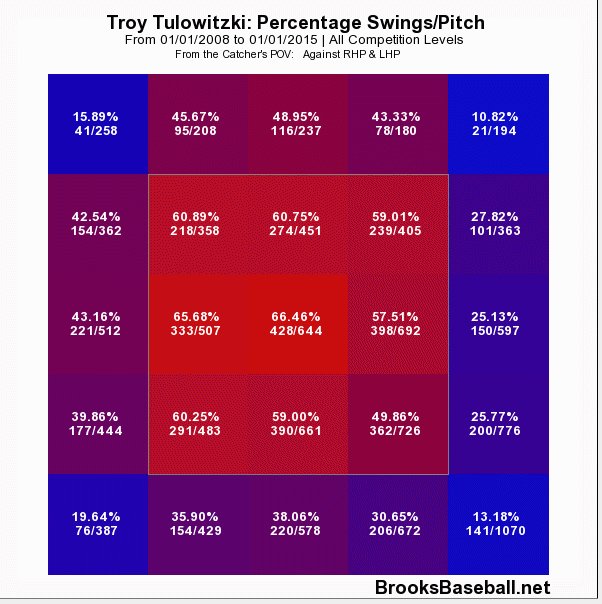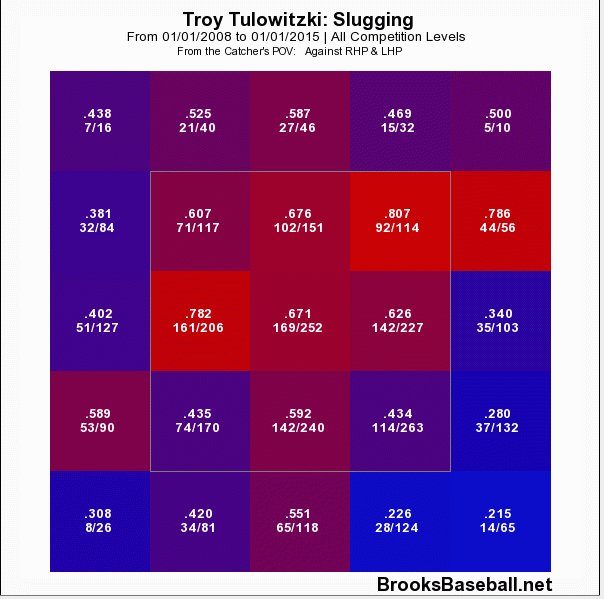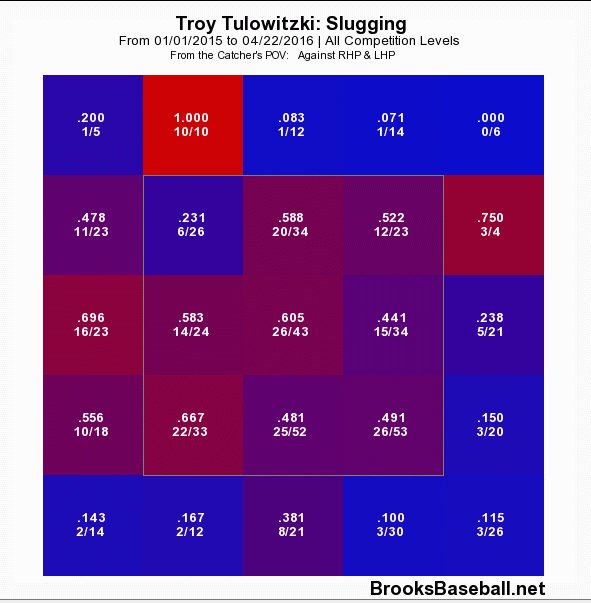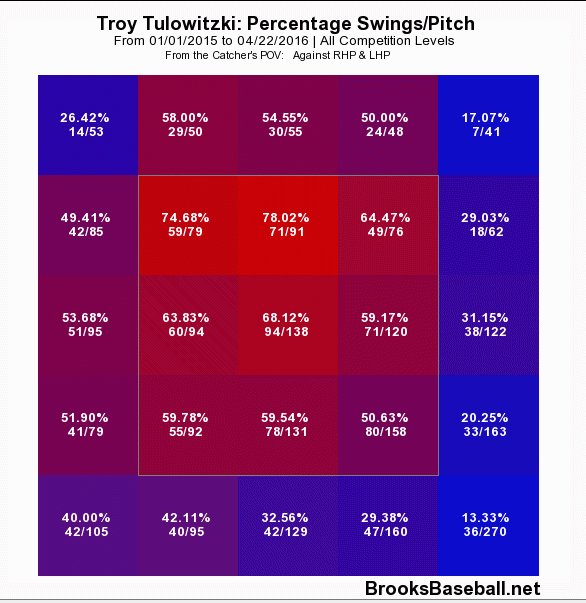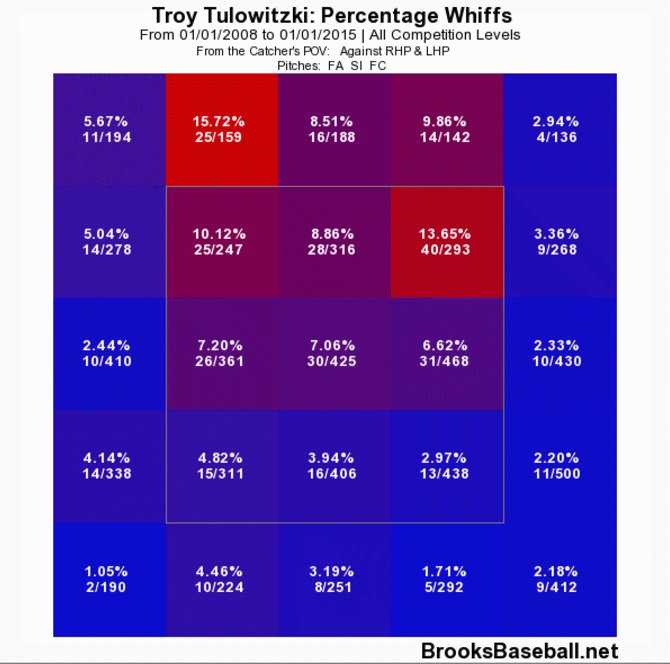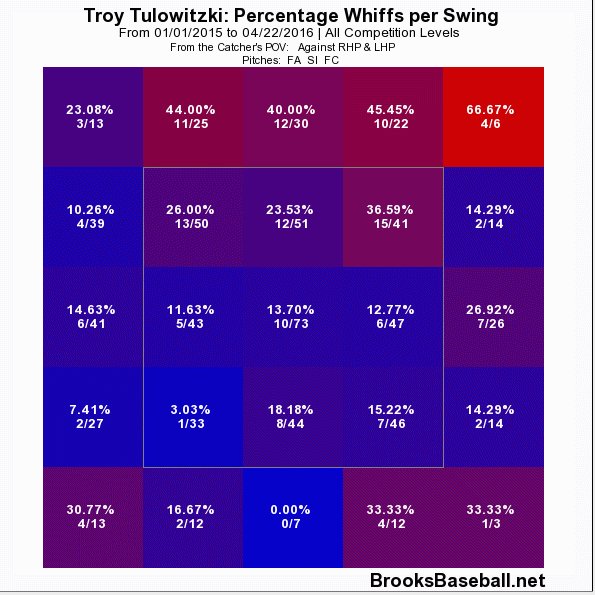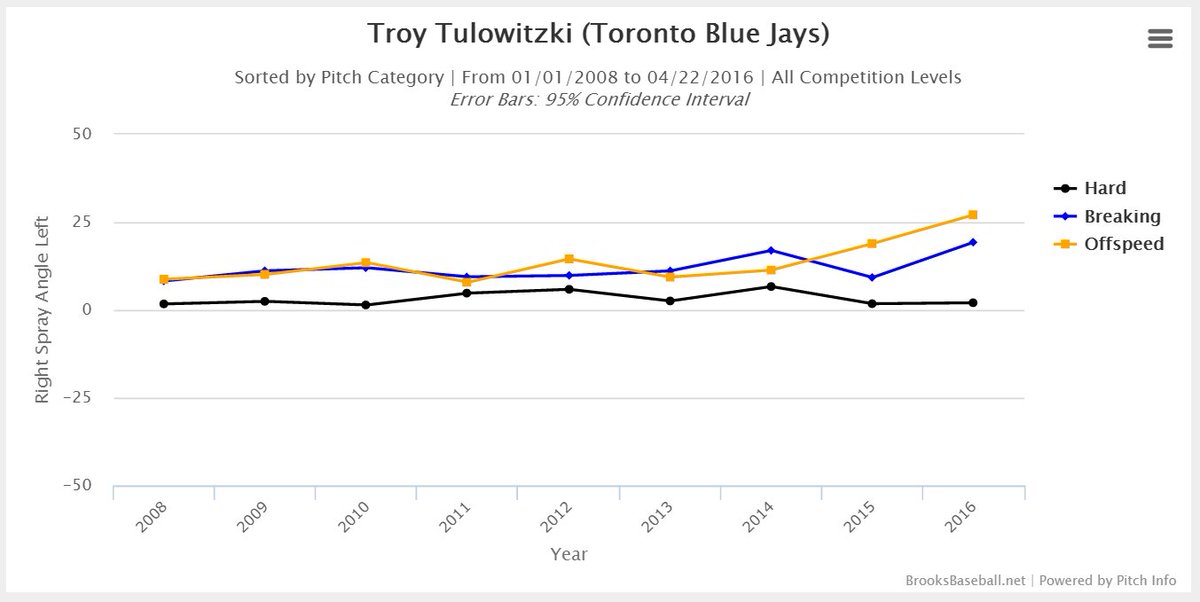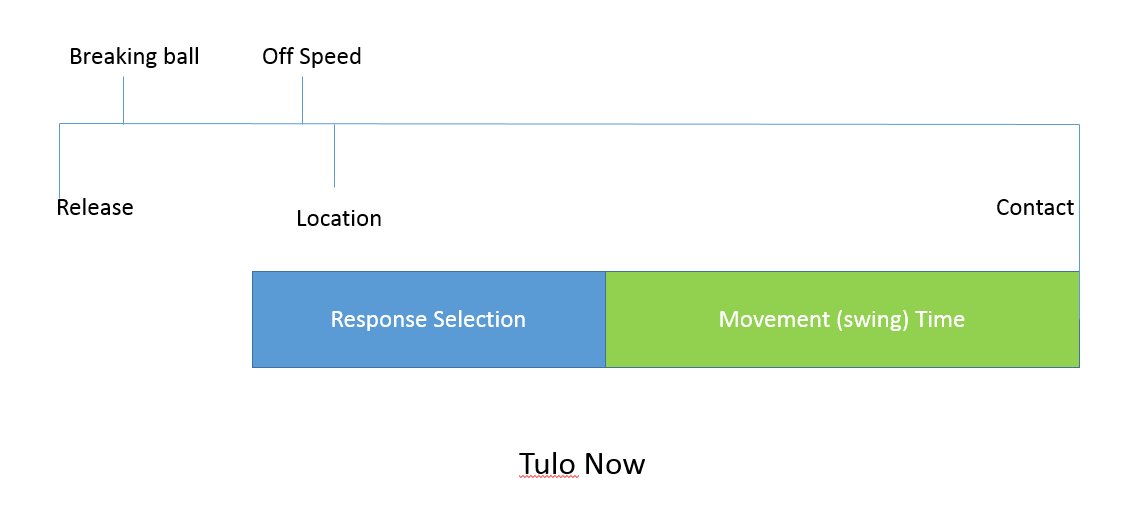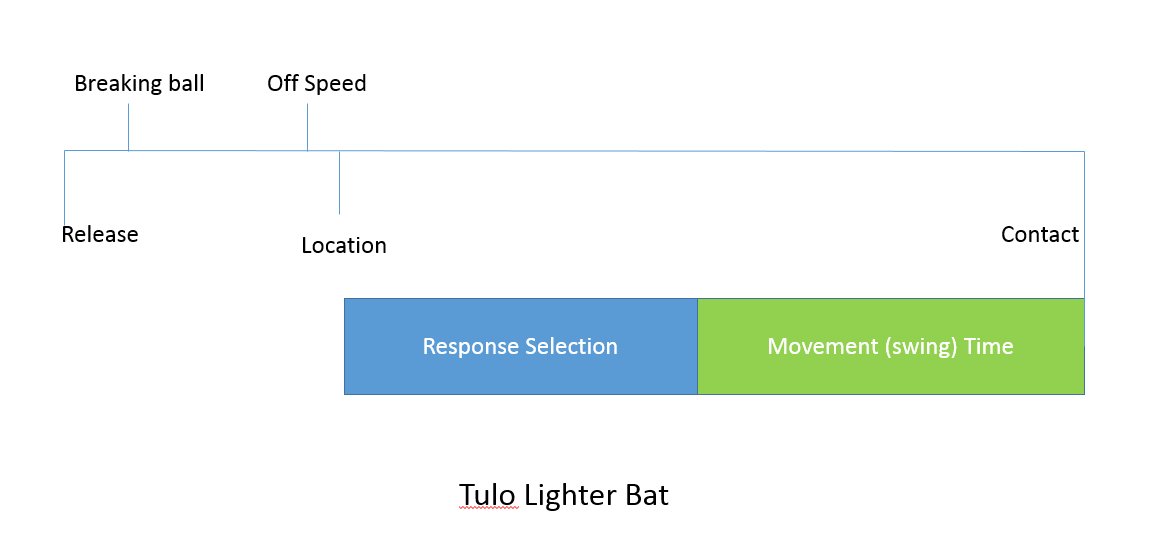Hardball Retrospective – What Might Have Been – The “Original” 1905 Beaneaters
In “Hardball Retrospective: Evaluating Scouting and Development Outcomes for the Modern-Era Franchises”, I placed every ballplayer in the modern era (from 1901-present) on their original team. I calculated revised standings for every season based entirely on the performance of each team’s “original” players. I discuss every team’s “original” players and seasons at length along with organizational performance with respect to the Amateur Draft (or First-Year Player Draft), amateur free agent signings and other methods of player acquisition. Season standings, WAR and Win Shares totals for the “original” teams are compared against the “actual” team results to assess each franchise’s scouting, development and general management skills.
Expanding on my research for the book, the following series of articles will reveal the teams with the biggest single-season difference in the WAR and Win Shares for the “Original” vs. “Actual” rosters for every Major League organization. “Hardball Retrospective” is available in digital format on Amazon, Barnes and Noble, GooglePlay, iTunes and KoboBooks. The paperback edition is available on Amazon, Barnes and Noble and CreateSpace. Supplemental Statistics, Charts and Graphs along with a discussion forum are offered at TuataraSoftware.com.
Don Daglow (Intellivision World Series Major League Baseball, Earl Weaver Baseball, Tony LaRussa Baseball) contributed the foreword for Hardball Retrospective. The foreword and preview of my book are accessible here.
Terminology
OWAR – Wins Above Replacement for players on “original” teams
OWS – Win Shares for players on “original” teams
OPW% – Pythagorean Won-Loss record for the “original” teams
AWAR – Wins Above Replacement for players on “actual” teams
AWS – Win Shares for players on “actual” teams
APW% – Pythagorean Won-Loss record for the “actual” teams
Assessment
The 1905 Boston Beaneaters
OWAR: 30.1 OWS: 261 OPW%: .423 (65-89)
AWAR: 11.3 AWS: 152 APW%: .331 (51-103)
WARdiff: 18.8 WSdiff: 109
The “Original” 1905 Beaneaters placed seventh in the Senior Circuit, narrowly avoiding a last-place finish by a two-game margin over the Brooklyn Superbas. Yet the “Actual” Beaneaters underachieved when compared to the “Original” squad by 14 victories and an astonishing WSdiff of 109.
Charlie “Piano Legs” Hickman (.277/4/66) outplayed “Actuals” second-sacker Fred Raymer (.211/0/31). Hall of Fame third baseman Jimmy Collins (.276/4/65) posted superior results for the “Originals” compared to “Fighting” Harry Wolverton (.225/2/55). Dan “Cap” McGann (.299/5/75) slashed 14 triples and pilfered 22 bases while fellow first baseman Fred Tenney (.288/0/28) lagged in the power department. Ernie Courtney (.275/2/77) provided additional thump and established career-highs in most of the major offensive categories.
Kid Nichols rates ninth among pitchers according to Bill James in “The New Bill James Historical Baseball Abstract.” “Original” Beaneaters teammates listed in the “NBJHBA” top 100 rankings include Collins (17th-3B), Chick Stahl (51st-CF), Bobby Lowe (56th-2B), Tenney (70th-1B), Hickman (80th-1B), Vic Willis (84th-P) and McGann (92nd-1B).
Original 1905 Beaneaters Actual 1905 Beaneaters
| STARTING LINEUP | POS | OWAR | OWS | STARTING LINEUP | POS | OWAR | OWS |
| Joe Kelley | LF | -0.73 | 9.35 | Jim Delahanty | LF | -1.92 | 9.48 |
| Chick Stahl | CF | 1.1 | 16.77 | Rip Cannell | CF | -0.82 | 9.3 |
| Cozy P. Dolan | RF | 0.32 | 10.94 | Cozy P. Dolan | RF | 0.5 | 9.95 |
| Dan McGann | 1B | 3.17 | 23.57 | Fred Tenney | 1B | 3.24 | 16.63 |
| Charlie Hickman | 2B/OF | 3.3 | 23.1 | Fred Raymer | 2B | -5.28 | 3.14 |
| Dave Murphy | SS | -0.11 | 0.03 | Ed Abbaticchio | SS | -0.47 | 15.95 |
| Jimmy Collins | 3B | 3.76 | 22.84 | Harry Wolverton | 3B | -1.85 | 8.21 |
| Billy Sullivan | C | 0.45 | 6.86 | Pat Moran | C | 0.3 | 6.43 |
| BENCH | POS | OWAR | OWS | BENCH | POS | AWAR | AWS |
| Ernie Courtney | 3B | 1.41 | 18.3 | Tom Needham | C | 0.45 | 5.06 |
| Fred Tenney | 1B | 3.24 | 16.63 | Bill Lauterborn | 3B | -1.71 | 1.14 |
| Kitty Bransfield | 1B | 0.2 | 13.38 | Bud Sharpe | RF | -1.74 | 0.7 |
| Rip Cannell | CF | -0.82 | 9.3 | Allie Strobel | 3B | -0.28 | 0.18 |
| Pat Moran | C | 0.3 | 6.43 | George Barclay | LF | -1.67 | 0.11 |
| Jack Warner | C | 0.45 | 5.71 | Dave Murphy | SS | -0.11 | 0.03 |
| Tom Needham | C | 0.45 | 5.06 | Gabby Street | C | -0.1 | 0.01 |
| Bobby Lowe | 2B/3B | -0.82 | 2.25 | Bill McCarthy | C | -0.05 | 0 |
| Bill Lauterborn | 3B | -1.71 | 1.14 | ||||
| Bud Sharpe | RF | -1.74 | 0.7 | ||||
| Allie Strobel | 3B | -0.28 | 0.18 | ||||
| Bill McCarthy | C | -0.05 | 0 |
Claimed by the “Original” and “Actual” Beaneaters, Irv Young’s inaugural season encompassed 20 victories against 21 defeats, a 2.90 ERA and League-bests in complete games (41) and innings pitched (378). In a similar fashion Vic Willis was tagged with 29 losses despite a respectable 3.21 ERA. Togie Pittinger furnished a record of 23-14 with a 3.09 ERA for the “Originals” and Kid Nichols contributed 11 wins and a 3.12 ERA. Chick Fraser (14-21, 3.28) hurled 35 complete games in 37 starts for the “Actuals”.
Original 1905 Beaneaters Actual 1905 Beaneaters
| ROTATION | POS | OWAR | OWS | ROTATION | POS | AWAR | AWS |
| Irv Young | SP | 6.54 | 29.02 | Irv Young | SP | 6.54 | 29.02 |
| Togie Pittinger | SP | 1.33 | 18.56 | Chick Fraser | SP | 1.22 | 17.77 |
| Vic Willis | SP | 0.9 | 17.66 | Vic Willis | SP | 0.9 | 17.66 |
| Kid Nichols | SP | 0.9 | 10.58 | Kaiser Wilhelm | SP | -3.87 | 1.5 |
| BULLPEN | POS | OWAR | OWS | BULLPEN | POS | AWAR | AWS |
| Dick Harley | SP | -1.04 | 0.73 | Dick Harley | SP | -1.04 | 0.73 |
| Frank Hershey | SP | -0.18 | 0 | Frank Hershey | SP | -0.18 | 0 |
| Jake Volz | SP | -0.61 | 0 |
Notable Transactions
Dan McGann
September 22, 1897: Purchased with Butts Wagner, Bob McHale and Cooney Snyder by the Washington Senators from Toronto (Eastern) for $8,500.
December 10, 1897: Traded by the Washington Senators with Gene DeMontreville and Doc McJames to the Baltimore Orioles for Doc Amole, Jack Doyle and Heinie Reitz.
March 11, 1899: Assigned to the Brooklyn Superbas by the Baltimore Orioles.
July 14, 1899: Traded by the Brooklyn Superbas with Aleck Smith to the Washington Senators for Deacon McGuire.
March 9, 1900: Purchased by the St. Louis Cardinals from the Washington Senators for $5,000.
Before 1902 Season: Jumped from the St. Louis Cardinals to the Baltimore Orioles.
July 17, 1902: Released by the Baltimore Orioles. (Date given is approximate. Exact date is uncertain.)
July 17, 1902: Signed as a Free Agent with the New York Giants. (Date given is approximate. Exact date is uncertain.)
Charlie Hickman
March 22, 1900: Purchased by the New York Giants from the Boston Beaneaters.
December 16, 1901: Jumped from the New York Giants to the Boston Americans.
June 3, 1902: Purchased by the Cleveland Bronchos from the Boston Americans.
August 7, 1904: Traded by the Cleveland Naps to the Detroit Tigers for Charlie Carr.
July 6, 1905: Purchased by the Washington Senators from the Detroit Tigers.
Jimmy Collins
February 11, 1901: Jumped from the Boston Beaneaters to the Boston Americans.
Ernie Courtney
August, 1902: Released by the Boston Beaneaters.
August 13, 1902: Signed as a Free Agent with the Baltimore Orioles. (Date given is approximate. Exact date is uncertain.)
June 10, 1903: Traded by the New York Highlanders with Herman Long to the Detroit Tigers for Kid Elberfeld.
October, 1903: Traded by the Detroit Tigers with Rube Kisinger, Sport McAllister and either Yeager or Lush to Buffalo (Eastern) for Cy Ferry and Matty McIntyre.
Chick Stahl
March 4, 1901: Jumped from the Boston Beaneaters to the Boston Americans.
Honorable Mention
The 1977 Atlanta Braves
OWAR: 40.5 OWS: 283 OPW%: .470 (76-86)
AWAR: 19.9 AWS: 182 APW%: .377 (61-101)
WARdiff: 20.6 WSdiff: 101
The “Original” 1977 Braves featured Mickey Rivers, who supplied a .326 BA and registered career-highs with 12 four-baggers and 69 ribbies. “Mick the Quick” slumped in the stolen base department, succeeding on only 22 of 36 attempts after averaging 48 steals in three preceding campaigns. Dusty Baker crushed 30 round-trippers and plated 86 baserunners. Bill “Weaser” Robinson (.304/26/104) produced personal-bests in the Triple Crown categories. “The Roadrunner”, Ralph Garr, fashioned a .300 BA and socked 29 doubles. Ron Reed delivered 7 wins, 15 saves and a 2.75 ERA, primarily as a late-inning reliever. Phil “Knucksie” Niekro’s 16-20 record, 330.1 innings pitched and League-high 262 strikeouts are tallied for the “Original” and “Actual” Braves. Jeff Burroughs paced the “Actuals” with 41 jacks and 114 ribbies.
On Deck
What Might Have Been – The “Original” 1908 Cardinals
References and Resources
Baseball America – Executive Database
James, Bill. The New Bill James Historical Baseball Abstract. New York, NY.: The Free Press, 2001. Print.
James, Bill, with Jim Henzler. Win Shares. Morton Grove, Ill.: STATS, 2002. Print.
Retrosheet – Transactions Database
The information used here was obtained free of charge from and is copyrighted by Retrosheet. Interested parties may contact Retrosheet at “www.retrosheet.org”.







